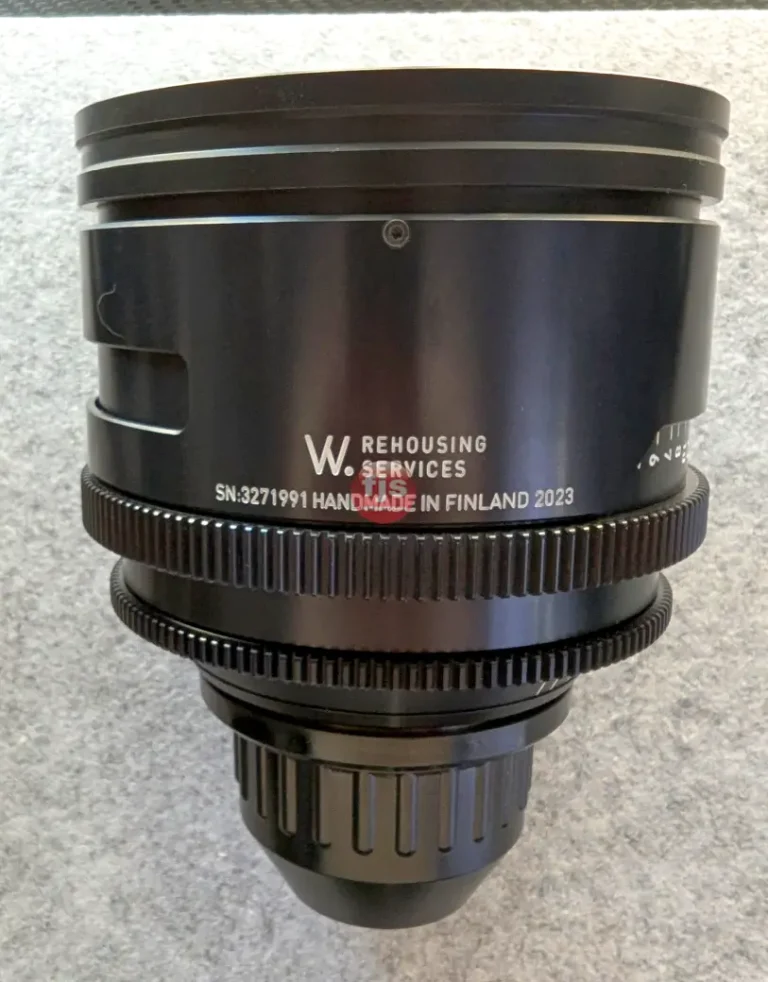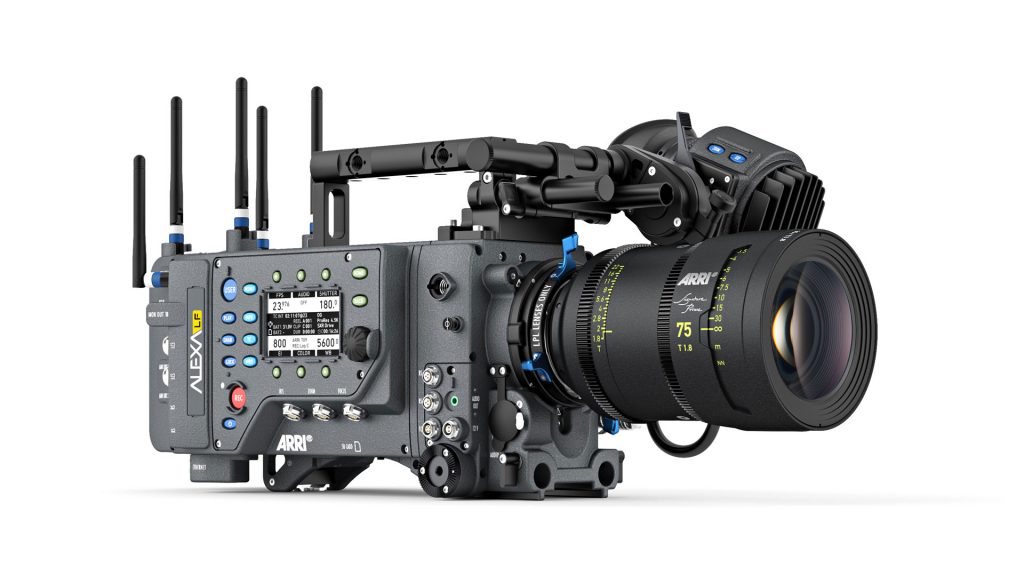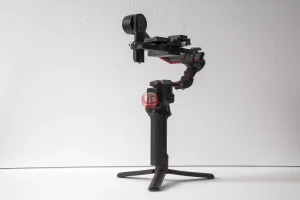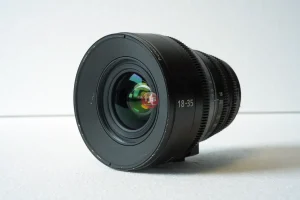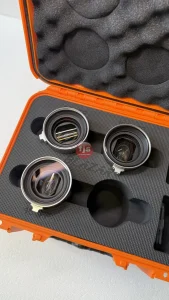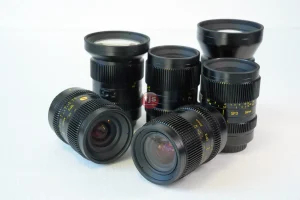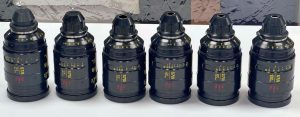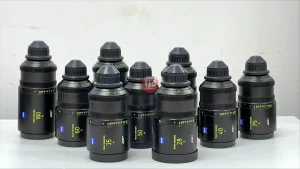The “look” of a lens is not just about sharpness. It’s a combination of unique characteristics like color rendition, bokeh, flare, and how it handles contrast and out-of-focus areas. While all three manufacturers produce high-quality optics for modern digital cinematography, they each have a distinct cinematic aesthetic.
Key Features and Benefits
The fundamental differences in lens characteristics and optical design contribute to the distinct visual signatures of ARRI, Cooke, and RED lenses. This is a crucial consideration for cinematographers and filmmakers who want to achieve a specific feel for their project.
Cooke Lenses:
- The “Cooke Look”: This term is synonymous with a specific aesthetic. Cooke lenses are known for their warm, creamy, and flattering look, especially for skin tones. They have a subtle softness and a unique way of rendering out-of-focus areas, or bokeh, that is highly sought after.
- Dimensionality and Rolloff: Cooke lenses are praised for their gentle focus roll-off and a subtle fall-off from sharp focus to a pleasingly soft, out-of-focus background. This creates a sense of dimensionality and a more organic, painterly quality to the image.
- Flare Characteristics: Flares from Cooke lenses are generally soft, subtle, and less harsh than other brands. They are often a warmer, more golden color.
- Color Science: The brand is known for meticulously color-matching their lenses across different series to ensure a consistent look when interchanging them on a production.
ARRI Lenses:
- Clean and Pristine: ARRI, particularly with their modern lines like the Signature Primes, is known for a clean, sharp, and high-contrast look. These lenses are designed to be a perfect optical match for ARRI cameras, working in harmony with their sensor technology and color science.
- Natural Color Rendition: ARRI lenses are recognized for their neutral, accurate color rendition, though some modern lines are designed to have a slight warmth. They handle chromatic aberration and distortion with exceptional precision.
- Robust and Integrated: ARRI lenses are built to be robust and are deeply integrated into the ARRI Electronic Control System (ECS). Their Lens Data System (LDS) provides real-time metadata, streamlining workflows for focus pullers and VFX artists.
- Versatility: ARRI offers a wide range of lenses, from the highly clinical Master Primes to the more character-filled Signature Primes, giving cinematographers a broad palette to work with.
RED Lenses:
- High Resolution and Contrast: Lenses developed for RED’s camera systems, such as the RED Pro Primes, are designed to complement the brand’s focus on high resolution and sharp detail. They generally produce a more modern, crisp, and high-contrast look that is often described as “digital.”
- Technical Precision: RED lenses are engineered to be technically proficient, handling high-resolution sensors and providing sharp images with minimal distortion.
- Modular System: RED’s camera and lens philosophy is built around a modular system, giving filmmakers flexibility in their camera builds and lens choices. However, some early RED lenses were less popular than their competitors due to optical performance. Many cinematographers shooting on RED cameras often choose to pair them with lenses from other manufacturers, including ARRI or Cooke, to achieve a desired aesthetic.
Questions and Answers
Q: Do cinematographers often mix and match these brands of lenses?
A: Absolutely. It is very common for cinematographers to use lenses from different manufacturers on a single project. For example, they might use Cooke lenses for their warm, flattering close-ups on actors and then switch to ARRI or Zeiss for wider, more technically precise shots.
Q: How important is the lens compared to the camera sensor for a film’s “look”?
A: Both are critical, but many filmmakers argue that the lens is the most defining factor in the final image’s look. While the sensor captures the light, the lens is what shapes that light, creating the unique optical characteristics, like bokeh, flare, and field curvature, that give a film its distinct visual character.
Conclusion
In conclusion, while all three brands produce exceptional cine lenses, they each possess a unique optical signature that influences the final cinematic image. Cooke lenses are celebrated for their classic, warm, and organic “Cooke Look.” ARRI lenses offer a versatile range from pristine, technically perfect optics to modern, character-driven glass. Finally, RED’s lenses are designed to maximize the high-resolution capabilities of their camera systems, providing a sharp and high-contrast aesthetic. Ultimately, the choice of a lens is a creative decision that shapes the mood and feel of a film as much as lighting or color grading.

